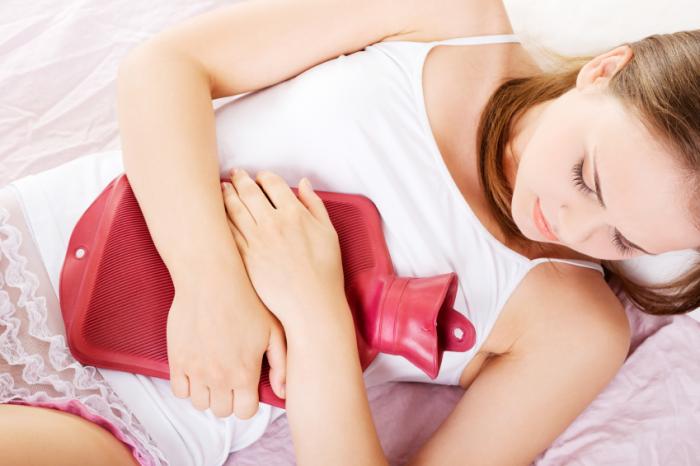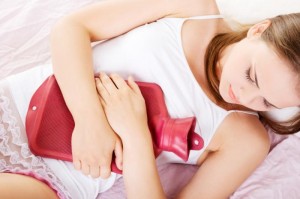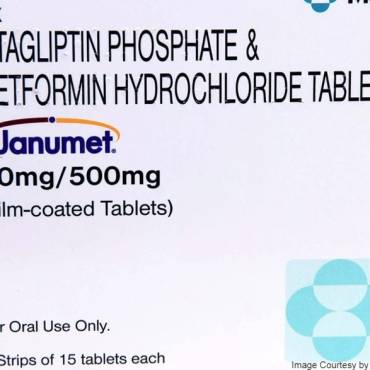Cramps during period refer to the painful sensations a woman may experience in the lower abdomen and back before or during her menstrual cycle. These cramps at the time of menstrual period are referred to as dysmenorrhoea. There are two kinds of dysmenorrhoea: primary and secondary cramps.
Primary Dysmenorrhoea refers to the typical cramps during period. It usually starts one or two years after a woman starts her monthly cycle. Pain is experienced in the back or lower abdomen. It can range from mild to severe menstrual cramps. The cramps begin just before the start of the cycle and continue for two to three days. The cramps become less painful with age and may stop after a woman has her first child. Secondary dysmenorrhoea happens when there is some disorder in the reproductive organ of a woman. The pain starts earlier and lasts longer than the usual cramps.
Some of the symptoms of cramps during period include:
• Abdominal pain
• Abdominal pressure
• Pain in the inner thighs, lower back and hips
In case of severe menstrual cramps, the symptoms are:
• Stomach upset
• Vomiting
• Loose stools
Menstrual cramps cause
Cramps during the period are the result of uterus contractions. The uterus, which is a pear-shaped hollow organ, when it contracts very strongly, it presses against the nearby blood vessels. This disrupts the oxygen supply to the muscles in the uterus, which results in pain.
Some conditions that lead to secondary dysmenorrhoea include:
Endometriosis – When the tissue that lines the uterus is placed outside the uterus.
Pelvic inflammatory disease – It is an infection caused by bacteria in the uterus.
Stenosis – When the lower area of the uterus becomes narrow due to scarring.
Tumors – This refers to the growths that are found on the inside of the uterus.
Menstrual Cramps Relief
To find relief from cramps during the period, you can take a pain reliever such as aspirin, Motrin, Tylenol, etc. It is recommended that you take the medicines as soon as the pain begins. It can also help to put a hot water bag on the abdomen or back or take a warm shower. Some other methods you can adopt to reduce severe menstrual cramps include:
• Take good rest
• Stay away from foods that contain salt
• Avoid caffeine
• Avoid smoking and drinking
• Massage your abdomen and lower back
Several studies have found that women who engage in a regular regimen of exercises suffer from less menstrual pain. It is therefore advised that you do exercise other than your everyday routine.
Menstrual Cramps Treatment
Cramps during the period can be treated. If you find that your cramps last longer than two to three days, it is best to consult a doctor to find out the reason and to begin a treatment plan.
To diagnose, your doctor will enquire about your symptoms and regularity of menstrual cycles. He or she may also conduct a pelvic examination to check your cervix and vagina. He or she may take a small sample of vaginal fluid for check up. He or she will then inspect the vagina with his or her fingers to check for any abnormalities. If the cramps you are suffering from are not the regular menstrual cramps, the doctor may advise you to go for further tests. If there is a medical issue, he or she will discuss the treatment options with you.
Menstrual cramps risks
Your chances of cramps during period are high if:
• Your age is below 30 years
• Your puberty started when you were 11 years or before
• You experience heavy bleeding during your cycle
• You have irregular bleeding
• You have never delivered a child
• You smoke
Some psychological factors including stress may increase the likelihood of painful menstrual cramps. Get in touch with your doctor immediately if you have foul-smelling vaginal discharge, pelvic pain, fever and sudden pain.
While cramps during period do not lead to any medical complications, it can be painful and disrupt everyday activities. If the medicines do not relieve your pain, consult a doctor. You can also try some home remedies to get relief from pain. If you are not responding to any treatment, your doctor may prescribe surgery. Surgery can help to remove cysts, scar tissue, fibroids or uterus.



